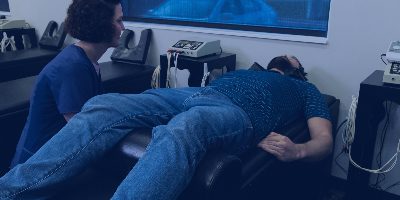
Think of your spine as a complex and elegant pearl necklace. For it to drape and move gracefully, each pearl (vertebra) and the string connecting them must be flexible. However, due to stress, injury, or poor posture, segments of the spine can become stiff and "stuck," limiting mobility and causing discomfort, much like a kink in the necklace. Intersegmental traction is a gentle and relaxing therapy designed to address this very issue. At 417 Spine, we use this therapy to help gently reintroduce motion into each segment of the spine. While lying comfortably on your back, a system of rollers within the table moves up and down the length of your spine. This action gently stretches and mobilizes the spinal joints, helping to improve their range of motion. For our patients in Springfield, MO, we often use intersegmental traction as a complementary therapy to chiropractic adjustments. It helps to relax muscles, improve circulation, and prepare the spine for an adjustment, or to calm the area afterward, enhancing the overall effectiveness of your care.